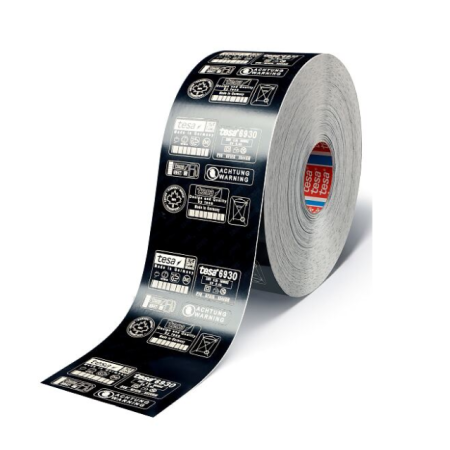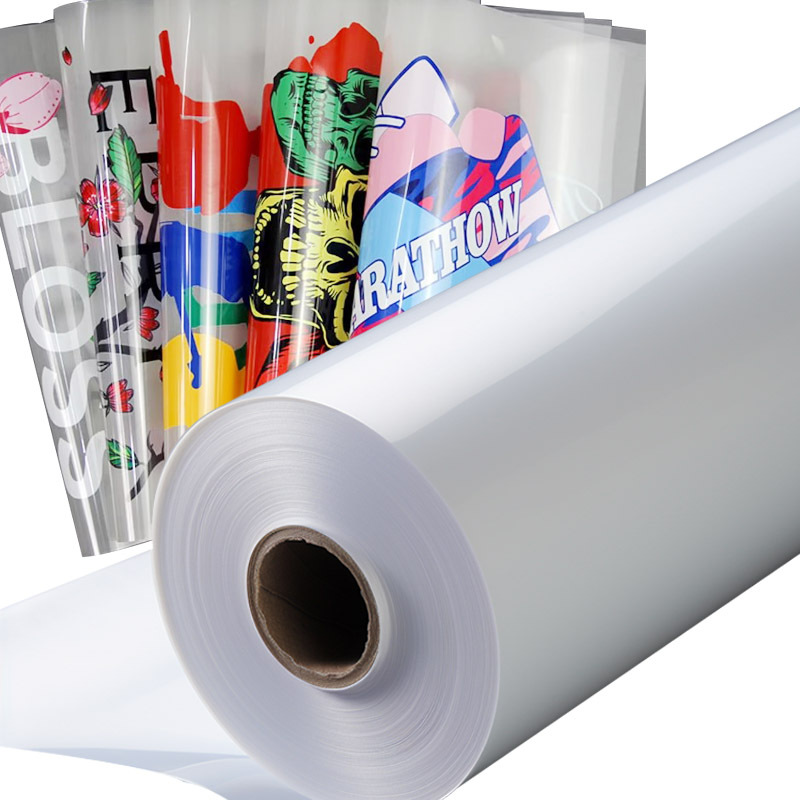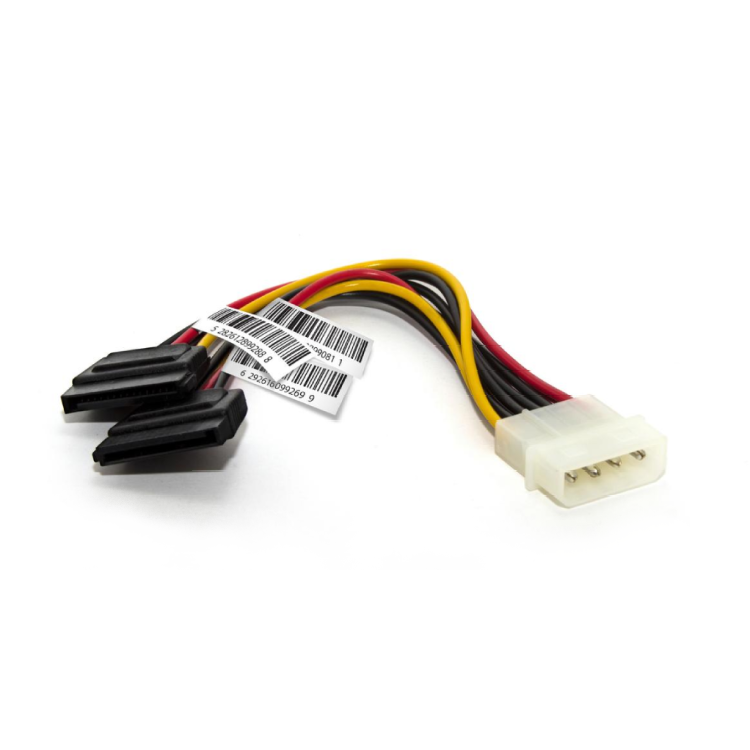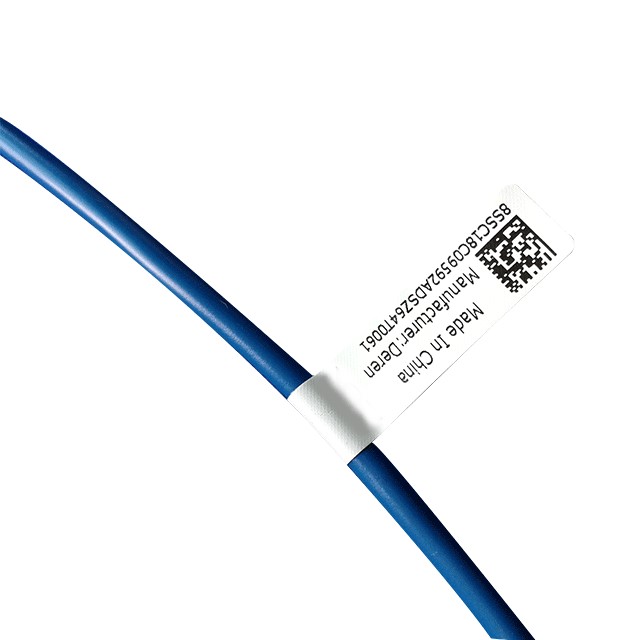Misunderstandings in the Use of adhesive labels: Five Mistakes You May Not Know
Adhesive labels are an important medium for transmitting product information and are often used in various fields such as product packaging and logistics tracking. But in the process of use, there are generally some misconceptions. Here are five labeling errors that you may not be aware of:
1. Not considering environmental impact: The performance of adhesive labels may be compromised in high or low temperature environments, and storage and usage environments should be taken into account when selecting
2. Neglecting material compatibility: The label material needs to be compatible with the product packaging material, otherwise it may fall off
3. Using expired label adhesive: The adhesive will age over time and its stickiness will decrease. Labels that have exceeded their shelf life may not function properly
4. Neglecting print compatibility: The printer type and ink type that the label is suitable for are limited, and failure to check compatibility may result in poor printing results
5. Not paying attention to surface cleaning: Dust or oil stains on the surface of the product can affect label sticking, and must be cleaned before sticking
Understanding and avoiding these misconceptions about the use of self-adhesive labels can effectively improve the adhesion quality and information display effect of the labels, and achieve the maximum effect of the labels
Oil adhesive sticker material
Oil-based adhesive materials are semi-transparent liquids mainly copolymerized from acrylic ester monomers and imported auxiliary materials. This type of adhesive features good initial adhesion, strong holding power, high peel strength, and excellent freeze resistance. Oil-based adhesive materials are widely used in various adhesive applications, such as the coating and manufacturing of BOPP sealing tape, labels, trademarks, stationery tape, cloth tape, double-sided tape, and electrical tape.
Specifically, due to their excellent adhesion and stability, oil-based adhesive materials perform well when affixing nameplates, trademarks, and other materials such as paper, leather, and glass onto various surfaces. Additionally, oil-based adhesive materials have good aging resistance and environmental protection properties, are non-toxic and odorless, and meet the environmental requirements of modern industrial production.
It should be noted that with the improvement of environmental protection standards, oil-based adhesive materials are also continuously being improved and upgraded in terms of environmental protection to meet a wider range of application needs. At the same time, when using oil-based adhesive materials, it is important to follow relevant safety operating procedures to ensure production safety and product quality.
Types of Adhesive Materials
-
Based on adhesive properties, they can be classified into permanent adhesive materials and removable adhesive materials.
-
Based on adhesive coating technology, they can be classified into hot-melt adhesive materials, solvent-based adhesive materials, and emulsion-based adhesive materials.
-
Based on adhesive and chemical properties, they are divided into two types: rubber-based adhesive materials and acrylic-based adhesive materials.
-
Based on the properties of the base paper, they are divided into three types: opaque base paper, semi-transparent base paper, and transparent base paper adhesive materials.
-
Based on the properties of the face material, they are divided into paper-based adhesive materials, film-based adhesive materials, and special adhesive materials.
Self adhesive label material
Adhesive labels, also known as self-adhesive label materials, are a type of composite material that uses paper, film, or special materials as the face material, with an adhesive coated on the back and a silicone-coated protective paper as the base paper.
Due to the variety of coating technologies, adhesive materials come in different grades. The development trend is moving from traditional roller coating and knife coating towards high-pressure cast coating to ensure the utmost uniformity in coating, prevent the formation of bubbles and pinholes, and guarantee coating quality. However, cast coating technology is not yet mature in China, and the traditional roller coating method is mainly adopted domestically.
Classification of self-adhesive label materials
Adhesive labels can be broadly divided into two types: paper-based adhesive labels and film-based adhesive labels.
-
Paper-based adhesive labels are mainly used for liquid detergent products and popular personal care products; film-based materials are mainly used for mid- to high-end daily chemical products. Currently, popular personal care products and household liquid cleaning products occupy a significant market share, so paper materials are used more frequently.
-
Film-based adhesive labels commonly use PE, PP, PVC, and other synthetic materials. Film materials mainly come in three types: white, matte, and transparent. Due to the poor printability of film materials, they are usually subjected to corona treatment or have a coating added to their surface to enhance their printability. To prevent some film materials from deforming or tearing during printing and labeling, some materials are also subjected to directional treatment, undergoing uniaxial or biaxial stretching. For example, biaxially oriented polypropylene (BOPP) materials are quite commonly used.
We offer comprehensive technical support, including free professional labeling solutions, advice on label materials and adhesive selection, as well as online/offline assistance from professional software and hardware engineers. Service email: andy@ownlikes.cn. In pre-sales, we leverage our extensive experience in specialty labeling projects to provide clients with the most suitable hardware solutions. Additionally, all our label barcode printers and scanners come with a three-year free warranty, demonstrating our confidence in our products.






This site is protected by reCAPTCHA and the Google Privacy Policy and Terms of Service apply.